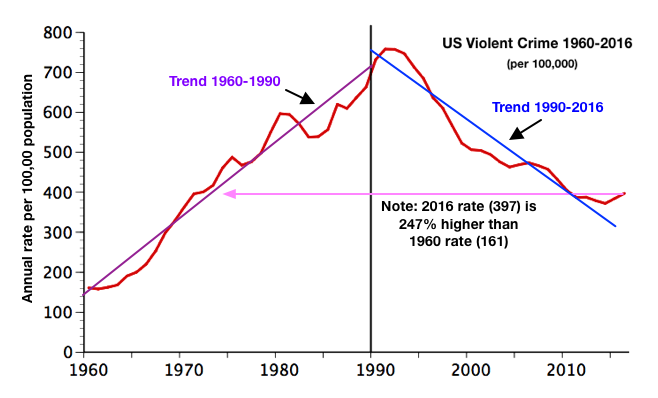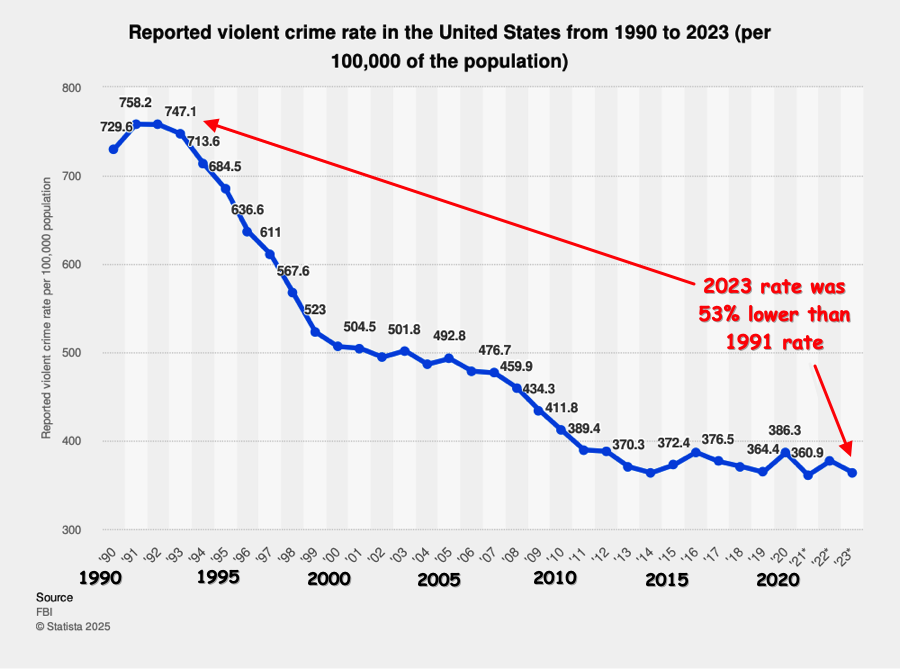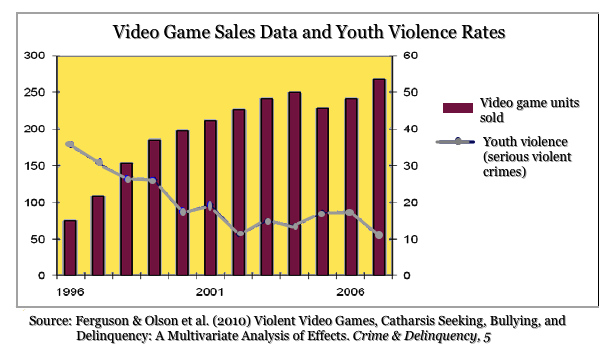| PSY
101
|
||
 Observational
Learning (Albert Bandura)
Observational
Learning (Albert Bandura)
According to Bandura there are four basic elements that go
into how we human beings learn by social observation.
1. Attention. The learner must pay attention to what is going on in the environment, that is, what the model might be doing or showing.
- There are different factors that influence whether the learner will pay attention. For example, is the model attractive or appealing? Is the learner him/herself alert or very tired? Are there many competing things going on in the environment which will distract or split the learner's attention?
2. Retention/Memory. The learner must be able to remember what they saw happening.
- A very young child may not have the ability to remember what they saw compared to older brothers or sisters.
- Someone whose mental functioning is under the influence of medications or drugs may not be able to retain what they saw
3. Imitation Ability. The learner must have the ability to be able actually to imitate what they observed.
- A learner must have both the physical and cognitive abilities necessary to reproduce the act or behavior that they observed.
- If the behavior is beyond the skill level of the learner, there will be relatively little that can be learned. For example, a young high school student might be allowed to watch a skilled surgeon perform an operation. But, there is little likelihood that student will have learned very much about how to do that operation.
- If a learner realizes that the activity they are observing is not something they could actually do, they will usually stop trying to learn from what they see
4. Motivation. The learner must be interested in or want to do what it was they they observed.
 Parent
& Child
Mother reads to her child Husband beats his wife Father responds with concern for child's illness |
 Buyer
& Salesperson
Assertive buyer bargains and receives a good price for a product |
 Co-Workers
& Boss
Co-worker complains to boss by screaming and is fired Supervisor treats other employees respectfully and is promoted |
 Peers
Guy in group speaks easily with girls at a junior high school dance. Other guys watch what he says and how he acts. |




A clear
expression of doubt can be seen in this summary abstract
of a research article by Markey, Markey, & French
(2014) in their article entitled, "Violent Video Games and
Real-World Violence: Rhetoric versus Data" (Psychology
of Popular Media Culture).
Laboratory and correlational studies often find a link between violent video games and minor or benign forms of aggressive behaviors (e.g., exposing an opponent to an unpleasant noise). Based on these studies, the media, lawmakers, and researchers often imply a link between violent video games and violent criminal behavior. Using a similar methodology employed by researchers to examine predictors of severe violent behaviors (Anderson et al., Journal of Personality and Social Psychology 73: 1213–1223, 1997), 4 time-series analyses investigated the associations among violent crime (homicides and aggravated assaults), video game sales, Internet keyword searches for violent video game guides, and the release dates of popular violent video games (both annually and monthly). Contrary to the claims that violent video games are linked to aggressive assaults and homicides, no evidence was found to suggest that this medium was positively related to real-world violence in the United States. Unexpectedly, many of the results were suggestive of a decrease in violent crime in response to violent video games. Possible explanations for these unforeseen findings are discussed and researchers are cautioned about generalizing the results from laboratory and correlational studies to severe forms of violent behavior.